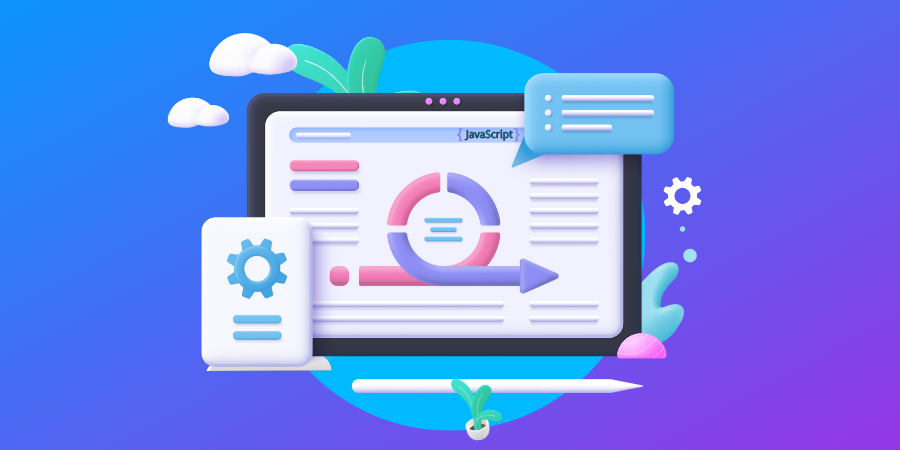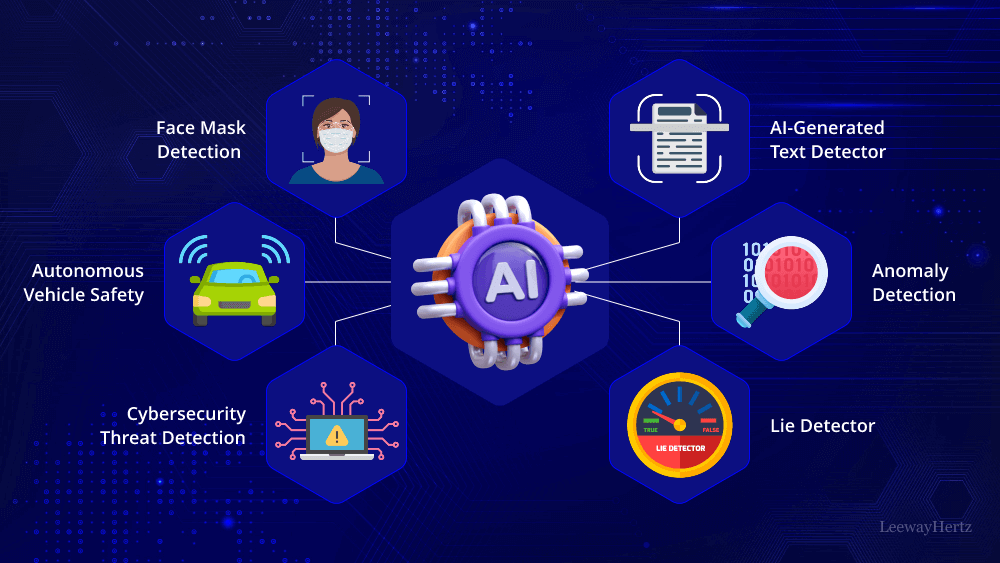For businesses and individuals who want to establish an online presence, building a professional website is an essential first step. This guide provides clear, actionable steps for beginners, making it easier to understand how to get started with website development services.
1. Understanding the Basics of Website Development Services
Website development involves more than just creating a visually appealing site. It encompasses several aspects, including design, functionality, security, and user experience. Website development services provide expertise in these areas to ensure your site is not only engaging but also performs well in search engines.
2. Define Your Website’s Purpose and Goals
Before diving into development, it’s essential to define what you want to achieve. Having a clear vision helps guide the development process.
- Identify the primary purpose: Is the site for selling products, showcasing a portfolio, providing information, or generating leads?
- Set goals: Determine what you want users to do, such as sign up, make a purchase, or contact your team.
- Understand your target audience: Knowing who you are designing for allows you to customize the website experience to their preferences.
3. Plan Your Website’s Structure
Creating a logical structure ensures that visitors can easily navigate the website. Planning the layout early can save time and prevent confusion.
- Map out pages: Common pages include Home, About, Services, Blog, and Contact.
- Create a site map: This visual representation of the website layout helps you organize information and improves user experience.
- Organize content: For a seamless visitor experience, structure content with clear headings, subheadings, and bullet points.
4. Choose the Right Platform and Technology
The platform you choose influences the flexibility, maintenance, and scalability of your website. Website development services offer various options, so choose one that aligns with your goals and technical skills.
- Content management systems (CMS): Platforms like WordPress, Wix, and Squarespace are ideal for beginners.
- Custom development: For businesses needing specific functionality, custom-built websites provide flexibility but may require more time and investment.
- Consider mobile optimization: With a large number of users browsing on mobile devices, your site must be responsive and optimized for different screen sizes.
5. Design with User Experience in Mind
A well-designed website is visually appealing, easy to navigate, and engaging. Website development services can help create a professional design tailored to your brand.
- Focus on simplicity: Avoid overcrowding the pages; clean layouts and whitespace enhance readability.
- Use brand colors and fonts: Consistent use of brand elements strengthens your brand identity.
- Prioritize navigation: A straightforward menu and clickable buttons make the website intuitive to navigate.
- Add visuals carefully: Images, videos, and infographics should support content rather than overwhelm the user.
6. Develop Essential Website Features
To create a functional site, include important features that improve usability and encourage engagement.
- Search functionality: Allow users to quickly find what they need on your site.
- Contact forms: Make it easy for visitors to get in touch with you.
- Social media links: Help visitors connect with you across various platforms.
- Secure checkout: If you run an e-commerce site, ensure your payment processing is secure.
7. Optimize for SEO
Search engine optimization (SEO) is crucial for attracting organic traffic to your site. Website development services often provide SEO strategies that improve your site’s visibility.
- Use relevant keywords: Integrate keywords naturally in content, headings, and URLs.
- Optimize images: Compress images to improve load times and add descriptive alt text for better accessibility.
- Include meta tags: Titles, descriptions, and tags help search engines understand your content.
- Mobile optimization: Search engines favor mobile-friendly sites, so prioritize responsiveness.
8. Test and Launch Your Website
Testing is the final step before launching your website to the public. Conducting thorough checks ensures all elements work smoothly and provides a positive user experience.
- Check for functionality: Test each button, link, and form to ensure they operate as expected.
- Review on different devices: Test the website on various devices and browsers to ensure compatibility.
- Monitor loading speed: A faster load time improves user satisfaction and can impact SEO positively.
- Set up analytics: Tools like Google Analytics help track visitor behavior and provide insights to improve site performance.
About AAMAX
AAMAX offers comprehensive website development services tailored to help businesses establish a strong online presence. From the initial planning and design stages to development and optimization, AAMAX focuses on creating websites that drive results. With a dedicated team of experts, AAMAX ensures your website is both functional and appealing, setting your brand up for success in the digital space.





